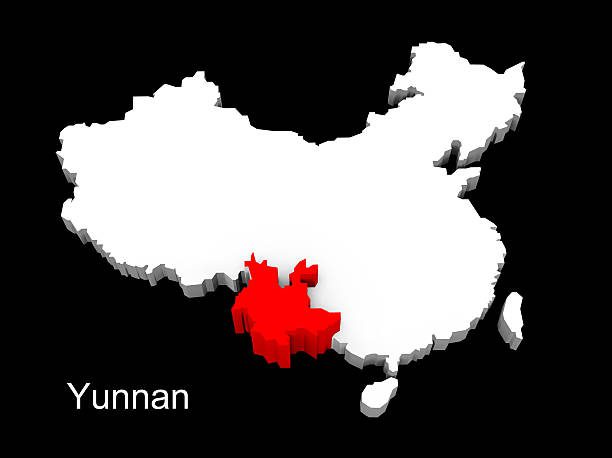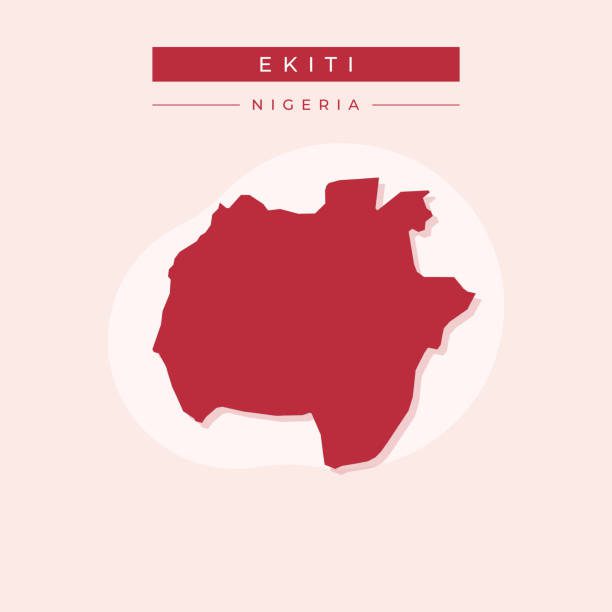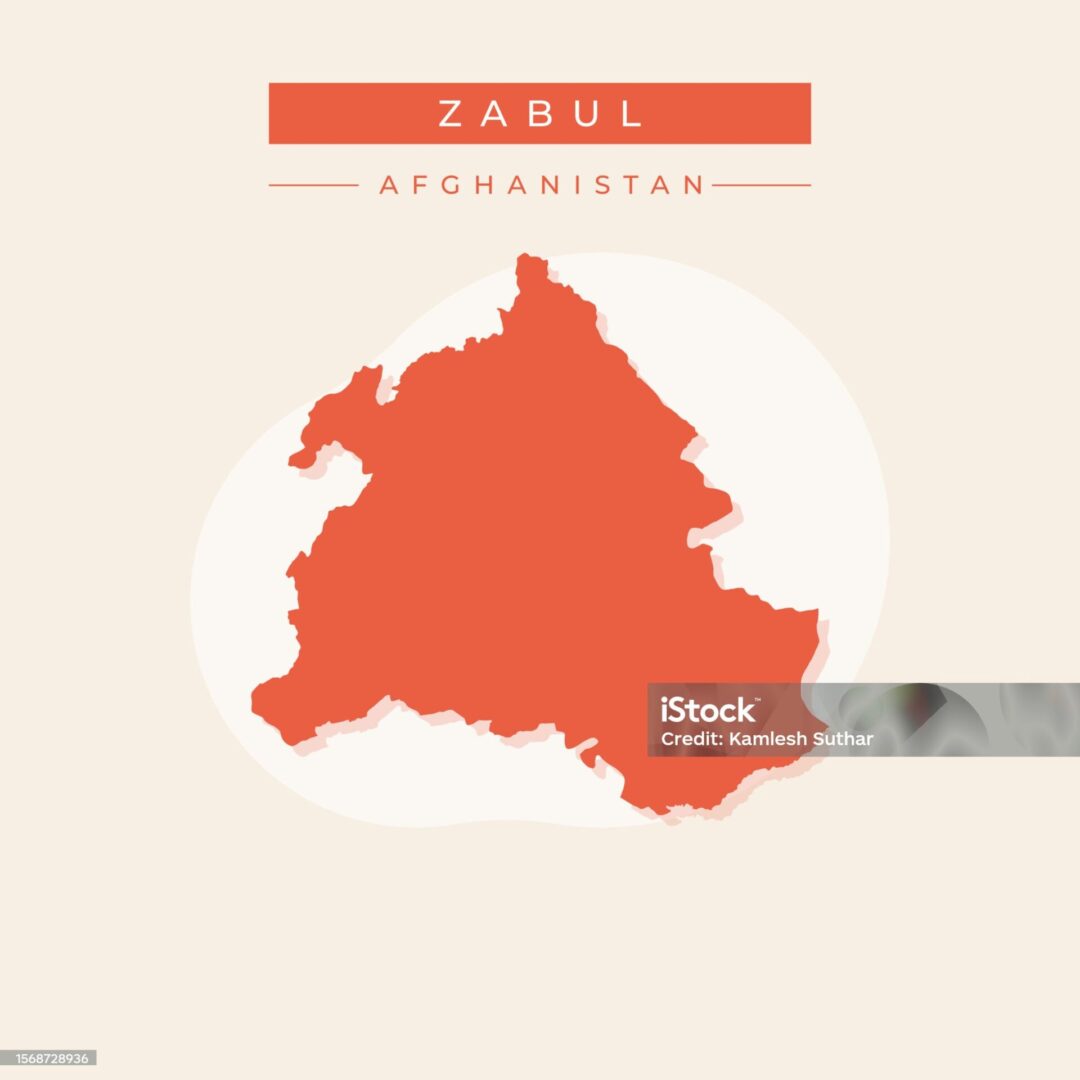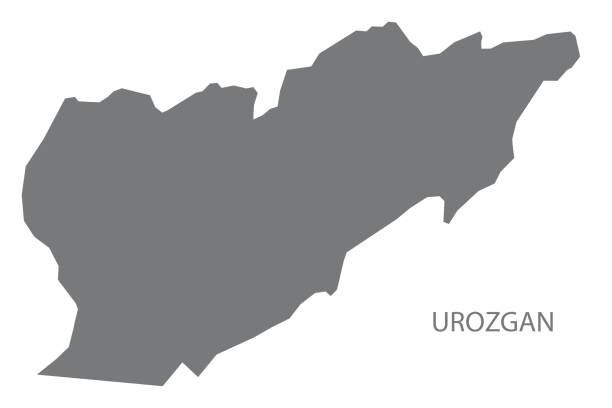The Center for the Scientific Study of Families reports are designed to provide relevant information about the conditional state of families in a specified context. The report provides information such as population, culture, family structure, and family life.
Family reports are an important tool for improving the lives of families. By providing information about the family’s conditional state and context, family reports can help improve communication between families and service providers and lead to better outcomes for families and children.
Introducing Kabul, Afghanistan
Kabul province is located in the eastern part of the country and serves as the political, cultural, and economic center of Afghanistan. Its major city, also called Kabul, is the largest city in Afghanistan. It is also the capital of the country. Kabul has a long and rich history, dating back over 3,500 years. It has served as an important trading and cultural hub along the ancient Silk Road, connecting the Indian subcontinent with Central Asia, the Middle East, and beyond.
Kabul is situated in a valley surrounded by mountains, making it a geographically strategic location. The city’s elevation is approximately 1,800 meters (5,900 feet) above sea level. Kabul has a diverse cultural heritage due to its historical significance as a crossroads for various civilizations. It is home to museums, historical landmarks, and significant religious sites, such as the famous Babur’s Gardens (Bagh-e Babur) and the stunning Darul Aman Palace. The city has also been a center for arts, literature, and music.
As the capital, Kabul is the political heart of Afghanistan. It houses government institutions, foreign embassies, and international organizations. The city has witnessed significant political changes, including the establishment of the Islamic Republic of Afghanistan.
Cultural and Ethnic Diversity
Kabul, holding the capital and largest city of Afghanistan, is a diverse and cosmopolitan province with a mixture of various cultural and ethnic groups. According to the Naval Postgraduate School, the major cultural and ethnic groups in Kabul include:
Pashtuns: Pashtuns are the largest ethnic group in Afghanistan, and they are significant in Kabul’s population as well. They traditionally inhabit the eastern and southern regions of the country.
Tajiks: Tajiks are the second-largest ethnic group in Afghanistan and have a significant presence in Kabul. They primarily live in the central and northern parts of the country.
Hazaras: Hazaras are another important ethnic group in Kabul, known for their distinctive Mongoloid features. They mainly reside in the central highlands, including the Hazarajat region.
Uzbeks: Uzbeks are a Turkic ethnic group, and some of them live in Kabul, particularly in the northern parts of the city.
Aimaks: Aimaks are another ethnic group of Turkic origin, and some of them can be found in Kabul.
Turkmen: Turkmen people, also of Turkic origin, have a smaller presence in Kabul.
Balochis: Balochis, an Iranian ethnic group, are also present in Kabul, although their numbers are relatively smaller compared to other ethnic groups.
Other Minorities: In addition to the above-mentioned groups, Kabul is home to smaller communities of various ethnicities, including Arabs, Pashai, Nuristani, and others.
Family Demographics
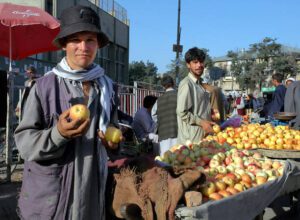
Kabul / Afghanistan: Two stallholders selling apples at the market in Kabul, Afghanistan. The happy Afghan men are selling fruit in the sunshine. Muslim men, Kabul Market, Afghanistan.
According to a 2015 survey, the average family size in Kabul is roughly 7 people. It is traditional for multiple generations or extended families to live under one roof. Specific information regarding marriage and divorce rates was unavailable, but, among married women aged 15 or above, 9 out of ten (91.1%) had given birth. Islam is the dominant religion in Afghanistan, and it plays an important role in the lives of many families in Kabul. Islamic law (sharia) governs many aspects of family life, including marriage, divorce, and inheritance.
The same survey also described Kabul as having one of the highest literacy rates in Afghanistan. Literacy rate for people aged 15 and above is 55.2%, while among youth between the ages of 15-24, it is 70.7%. Literacy rate among the population 10 years old and above is 59.6%.
Afghanistan has been through a long period of war and conflict, and this has had a significant impact on families. Many families have been displaced from their homes, and they have experienced violence and loss. This can have a lasting impact on family relationships and dynamics.
Conclusion
Family life in Kabul, Afghanistan, is characterized by its diversity, resilience, and complexity. The province’s multicultural environment fosters a rich tapestry of traditions and customs among different ethnic and cultural groups. While family dynamics may vary among these groups, the centrality of family support, communal ties, and cultural heritage remains consistent.
As Kabul continues to undergo transformations in response to urbanization, globalization, and socio-political changes, it is essential to preserve and celebrate the unique identities and contributions of each cultural and ethnic group to the fabric of Afghan society. Understanding and appreciating these diverse family traditions can contribute to the development of inclusive policies and programs that support the well-being and prosperity of all families in Kabul.




